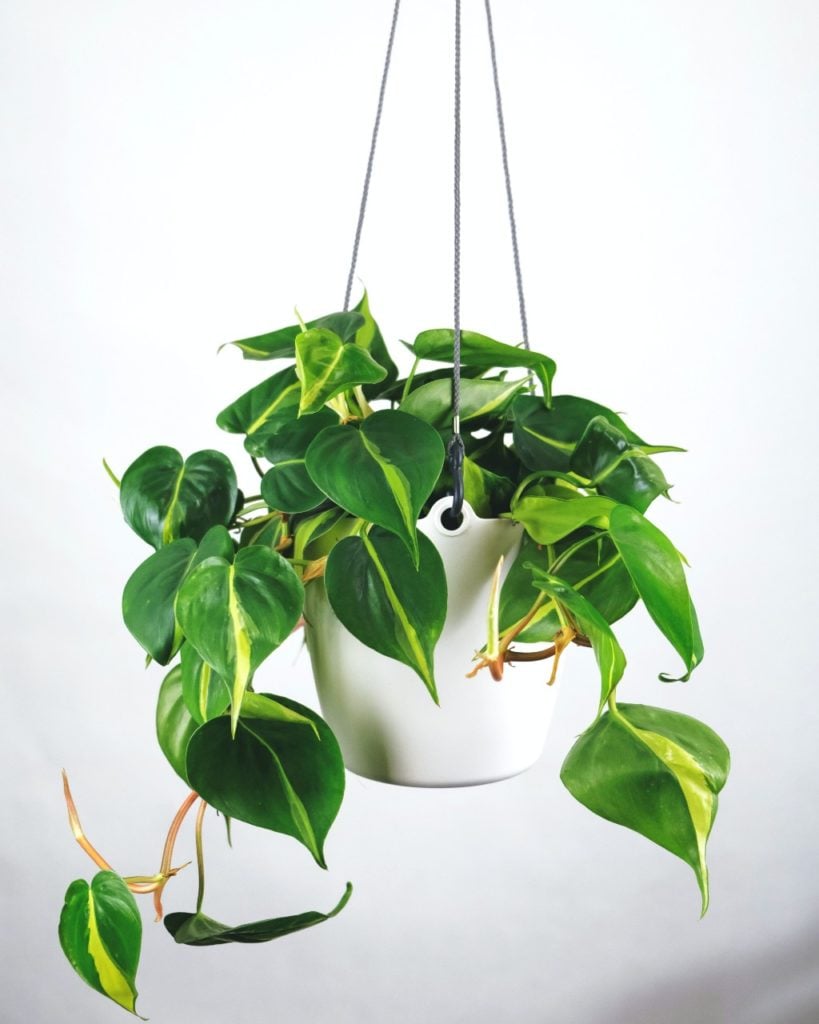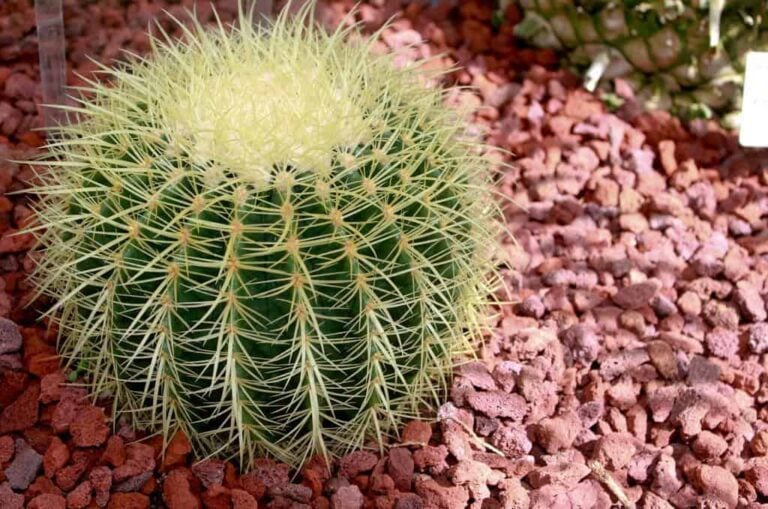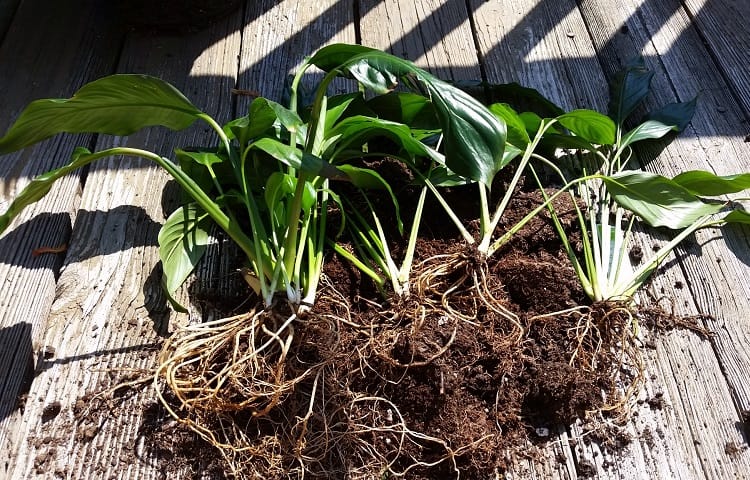Exploring the Fascinating World of Rare Philodendron Species

Philodendrons are some of the most popular plants used in home and office decor, but did you know that there are a number of rare species of philodendron that are just as beautiful and exotic as their more common relatives? In this article, we’ll explore some of the rare philodendron species, and learn why they’re so unique.
What is a Philodendron?
Philodendron is a genus of plants belonging to the Araceae family, which includes a number of aroids such as anthuriums and monsteras. This genus is made up of a wide variety of species, including both climbing and non-climbing varieties. The leaves of philodendron plants can range from heart-shaped to lanceolate in shape, and they come in a variety of colors and patterns.
Most philodendrons are native to the tropical regions of the Americas, including Mexico, Central America, South America, and the Caribbean. They’re popular houseplants because they’re easy to care for and lend a tropical look to any room.
Types of Rare Philodendron Species
There are a number of rare philodendron species that you may not be familiar with. Here are a few of the most interesting ones.
Philodendron bipinnatifidum
Philodendron bipinnatifidum, also known as lacy tree philodendron, is a very unique species of philodendron that is native to the Caribbean islands, Central America, and northern South America. It’s a climbing species with large, deeply cut, and lacy leaves that can reach up to three feet in length.
This species is especially fascinating because it is the only philodendron that can climb and spread out on flat surfaces like walls and ceilings. It’s also known for its unique growth habit of producing aerial roots along its stems.
Philodendron gloriosum
Philodendron gloriosum is a rare species of philodendron that is native to Central and South America. It’s a climbing species with large, glossy, heart-shaped leaves that can reach up to two feet in length. The leaves are marked with silver flecks and streaks, creating an interesting and exotic pattern.
This species is especially interesting because it grows in a unique way. The leaves are arranged in a spiral pattern around the stem, creating a beautiful, geometric display.
Philodendron solimoesense
Philodendron solimoesense is a rare species of philodendron that is native to the Amazon rainforest. It’s a non-climbing species with large, glossy, lanceolate leaves that can reach up to two feet in length. The leaves are marked with silver and green stripes, creating an interesting and exotic pattern.
This species is especially interesting because it is the only philodendron species that grows in a rosette-like pattern. The leaves are arranged in a circle around the stem, creating a beautiful, geometric display.
Why Are Rare Philodendron Species So Special?
Rare philodendron species are special because they offer something different from their more common relatives. They have unique growth habits, leaf shapes, and color patterns that make them stand out. They are also more difficult to find, which makes them even more desirable.
For many plant enthusiasts, rare philodendron species are the ultimate prize. They offer a unique opportunity to explore the fascinating world of philodendron plants and create a truly one-of-a-kind display.
Where to Buy Rare Philodendron Species
If you’re interested in buying rare philodendron species, your best bet is to look for specialty nurseries that specialize in rare plants. These nurseries often have access to some of the rarest philodendron species from all over the world. You can also look for online nurseries that specialize in rare plants, as well as plant auctions and plant swaps.
Conclusion
Rare philodendron species are some of the most interesting and exotic plants in the world. They offer a unique opportunity to explore the fascinating world of philodendron plants and create a truly one-of-a-kind display. If you’re looking for something truly special for your home or office, rare philodendron species are a great choice.


